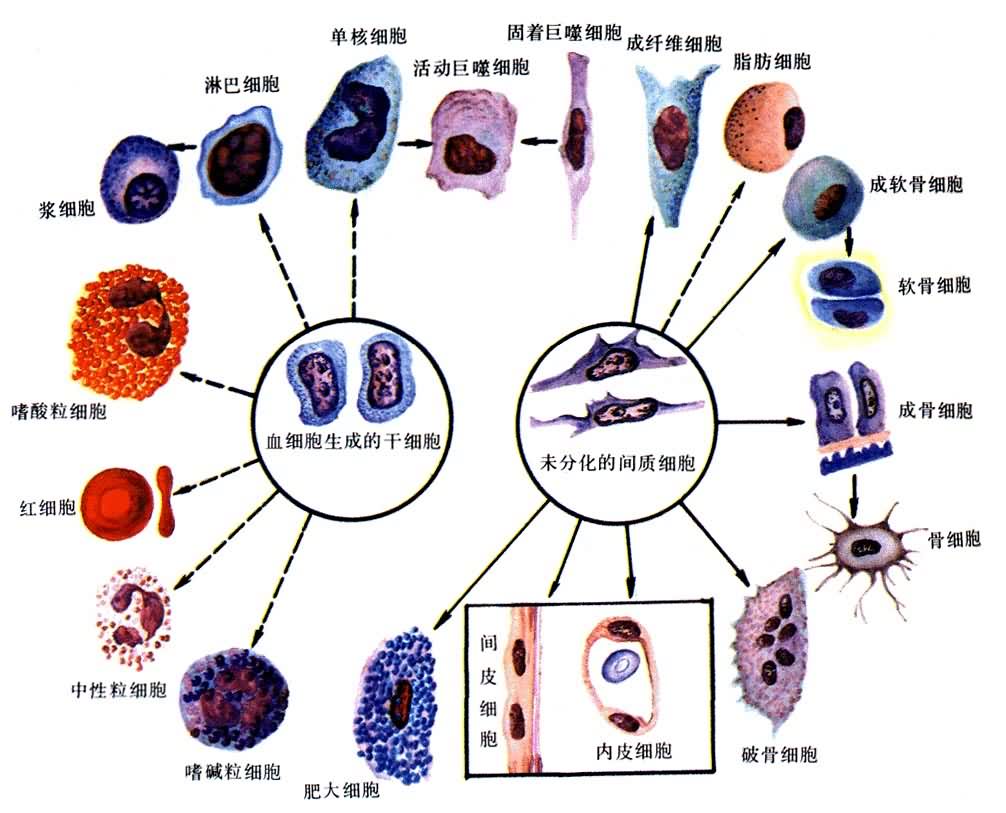1) extension types


引申类型
2) Similarly expands


类同引申
3) extended meaning


引申
1.
The paper puts forward four methods to understand the word meaning correctly To understand the word meaning by word matching, context clues, grammatical characteristics and extended meaning.
本文提出正确理解词的含义的四种办法,即通过词语搭配、词语的上下文、词语的语法特征和词语的内涵引申来确定词义。
2.
The paper investigates the development of the extended meanings of the Chinese expression piru(譬如), particularly when it is used as synonymous to dangzuo(当作)or yaoshi(要是).
对“譬如”的词义发展轨迹作了梳理,着重分析其引申义“当作”、“要是”等,并从词义的引申关系出发,重新解释金董解元《西厢记诸宫调》中“譬如”的意义,纠正了以往词典中的说解。
4) extension
[英][ɪk'stenʃn] [美][ɪk'stɛnʃən]


引申
1.
Transformation in English-Chinese translation——method of extension;


英汉翻译中的转换手段—引申译法
2.
There are two contributions XU Kai has made to the theory of extension of word meaning: First,based on XU Shen s The Six Categories of Chinese Characters and the relationship between borrowed meaning and original meaning,XU Kai categorized the borrowed words,which helped the Qing linguists to further define the concepts of loan and extension,and to straighten out the relationship between the two.
徐锴对词义引申所做的贡献主要表现在:理性认识方面,承继许慎“六书”说,依据本义和借义的关系对假借造字进行分类,启发清代小学家进一步界定假借和引申概念,理顺二者关系;训诂实践方面,在《说文解字系传》“通释”篇中,有意识地申明大量字词的引申义,并对引申的基本途径有所认识,从而启迪后世学者深入探索,最终使引申成为词义运动的重要理论。
3.
The difference is illustrated in this paper by a large number of examples based on the extension of words meaning,the development of melonymy,etc.
从词义的引申变化、借代发展为借代义的条件等方面出发举大量例子阐述二者的区别。
5) extend
[英][ɪk'stend] [美][ɪk'stɛnd]


引申
1.
In this paper,an irrational inequality is generalized and extended in many-sided,a class of new irrational inequalities are established,which are interesting and useful.
对一个无理不等式从多方面给出推广和引申,得到一类新颖、有趣的无理不等式。
2.
For instance,some common words which have no medical meaning need to be extended to conform to the ex pression of medical science; the long and complic.
鉴于英汉两种语言在语序、语态、用词、结构等诸方面存在差异,因而翻译时要求作适当的变动和调整,如:对不具有医学专业含义的普通词加以引申,把关系复杂的长句拆为简单易懂,层次分明的多个短句,对语序作适当调整等,使译文准确,流畅,这样才能对原文传神达意。
3.
We will find that because Chinese is an isolated languge, compared with Indo-European languges, there are three differences of semantic changes in Chinese: first, semantic extended in Chinese doesn’t limit in some meaning’s domain; second, different type of subjective reasoning can impact semantic change of the same word; and the last, the meanings of Chinese can only increase, but not reduce.
本文探讨"连"的语义演变过程,我们会发现由于汉语有很强的孤立语的特点,汉语的语义演变跟印欧语至少有三个不同的地方:第一,汉语的语义引申不局限于某些义域;第二,不同的类型的主观推理可以影响同一个词的语义演变;第三,汉语的词义可以只增加,不减少。
6) Extending
[英][iks'tend] [美][ɪk'stɛnd]


引申
1.
In the reproduction in receptor language of the original message ,the way of extending is often used to render the translation to be in line with the idiomaticness of the target language and to overcome the untranslatability by changing grittiness into coherence.
在双语转换中将原语词义加以适当引申使之符合目的语的表达习惯,从而使译文越过可译性障碍,化梗阻为通顺,是翻译常用的手段或方法。
2.
The research starts from the original meaning of Neo-Confucianism with the examples of the semantic broadening,and expounds the way and ground of extending the semantic meaning.
本文从“理”的本义入手,搜集词义扩展的例证,探究词义引申的途径及理据,并追溯了“理”作为古代哲学概念发展的脉络,重点阐述程朱理学中的“理”超越词义的抽象内涵。
补充资料:血液有形成分各种类型的血细胞虚线指示中间类型的细胞。
李瑞端绘
[图]

说明:补充资料仅用于学习参考,请勿用于其它任何用途。
参考词条